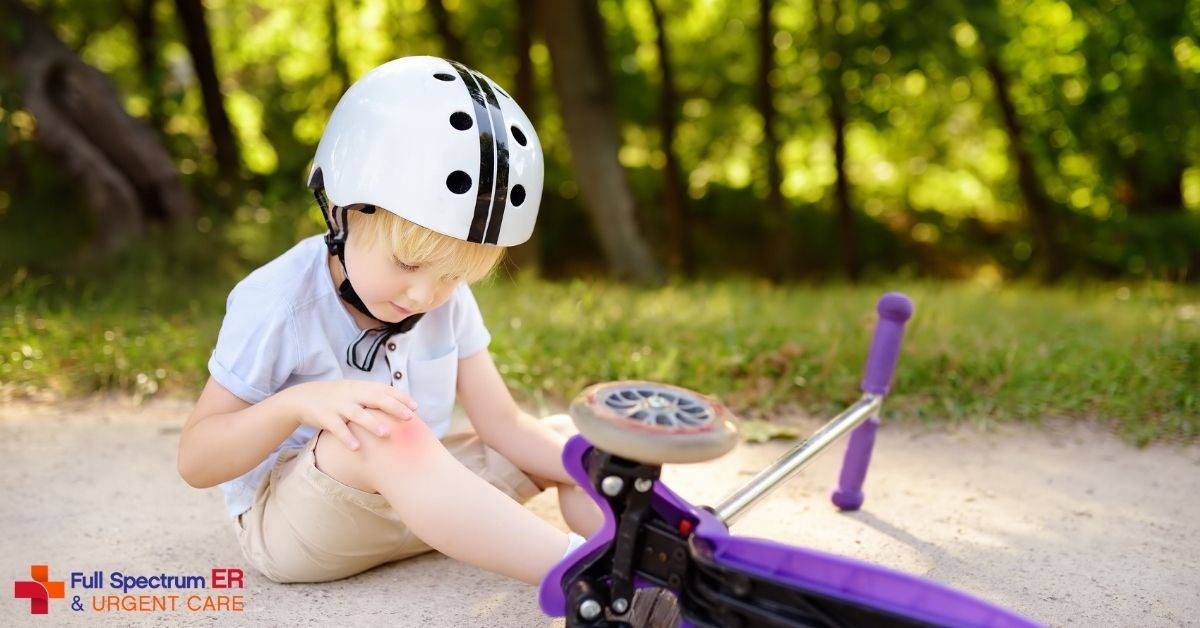
Fall Prevention and Safety
Tripping over a curb, slipping on wet floors, or falling in the dark are all very common ways people get injured. While there are many ways to help prevent falls, such as removing loose rugs, lighting dark areas around the home, and wearing tighter clothing, there are also ways to help prevent injuries.
Instinctively, it is human nature to want to put your arm out in front of you to protect your face from your fall. However, this often results in broken wrists and elbows. Instead, try to relax all of your muscles and fall with bent knees and arms.
It is also imperative to make sure you protect your head. If you are falling forward, try to turn your face to the side. If you are falling backward, tuck your chin to your chest. Another helpful tip is to try and land on softer, fleshy parts of your body.
Common Injuries and How to Treat Them
Depending on the severity and location of the fall, a wide range of injuries can occur. Your fall may result in broken bones, cuts, bruises, and even concussions or head injuries. Regardless of the extent of your injury, it is always recommended to seek medical attention as soon as possible to ensure it is treated properly.
Fractures and Breaks
If you fall directly on a bone, there is a high likelihood that you will experience a fracture. Fractures can range from minor to severe, causing extensive damage to your body. For more severe breaks, damage to muscles, organs, or nerves can occur. This is why it is extremely important to seek medical attention as soon as possible.
Signs of a fracture include pain, swelling, numbness, bruising, or bone poking through your skin. Your doctor will check the injured area and test it for mobility and additional damage during your examination. If a break is suspected, you will most likely receive an x-ray of the affected bone to confirm a diagnosis.
Bones heal themselves but need protection as new bone tissue forms. That is why your doctor will most likely provide a cast, splint, or sling to immobilize the bone and help you heal.
Cuts
Falls often result in cuts, depending on the surface you fall on. Significant cuts typically cause external and internal bleeding, sometimes even causing profuse bleeding. It is important to treat cuts and open wounds promptly and properly to prevent infection and healthy healing.
To stop any bleeding, apply gentle pressure to the affected area. You will also want to make sure it is clean with alcohol wipes, clean water, and hydrogen peroxide. If your wound is bleeding heavily, seek medical treatment immediately. Your doctor may choose to close your wound with stitches.
Concussions and Head Injuries
If you fall and experience a direct impact to your head, you may experience a concussion or other head injuries. Symptoms of a concussion may range from mild headaches, sensitivity to light, slurred speech, and loss of coordination. Other head injuries that can occur are hematoma, hemorrhages, or skull fractures.
Treatments for concussions and head injuries vary depending on the severity of the injury. But regardless of the severity, you should always get your injury assessed by a medical professional as soon as possible.
Trusted Care to Treat Your Injuries
At Full Spectrum Emergency Room and Urgent Care, we are available to treat your emergencies 7 days a week, 24 hours a day. By providing high-quality, convenient, and compassionate care without the wait, you will get back on your feet in no time. Contact us online, or call us today at (210) 429-8313.

